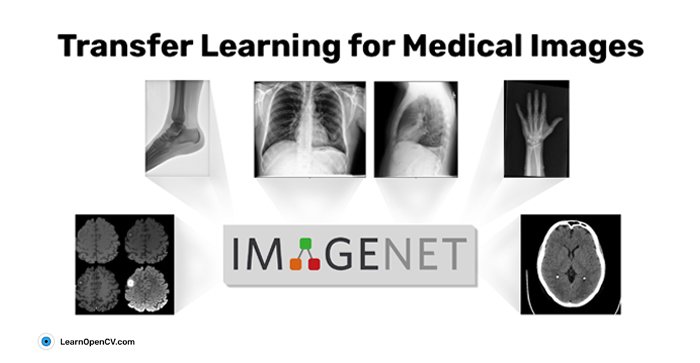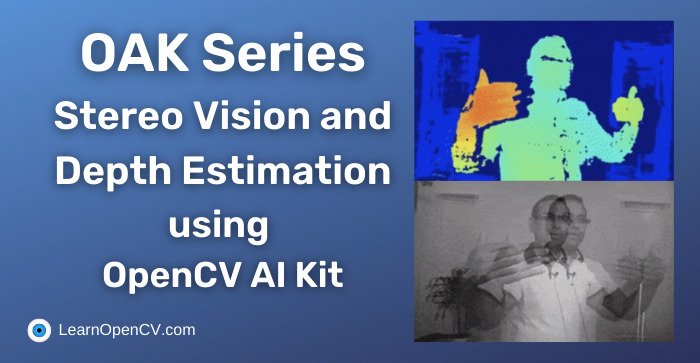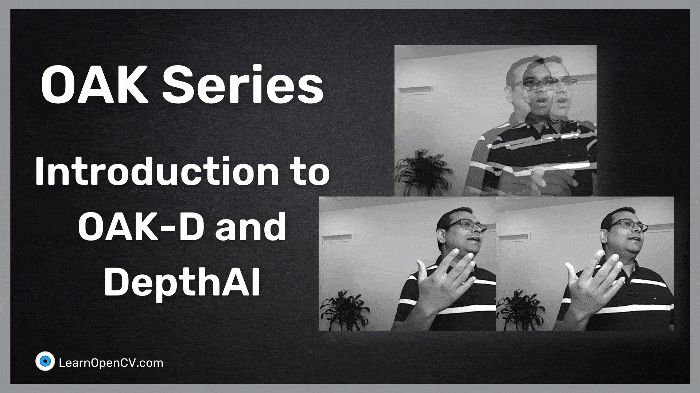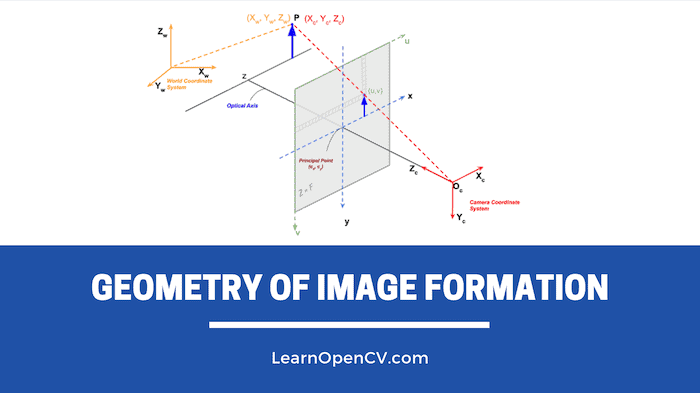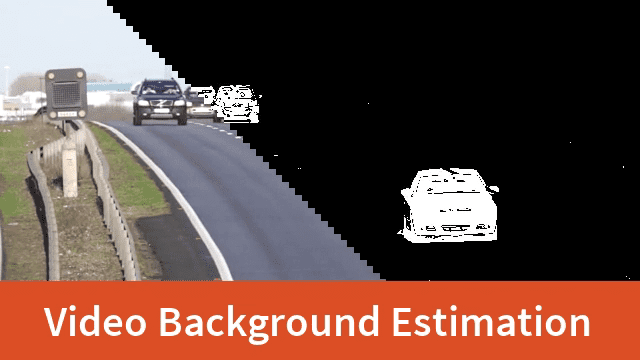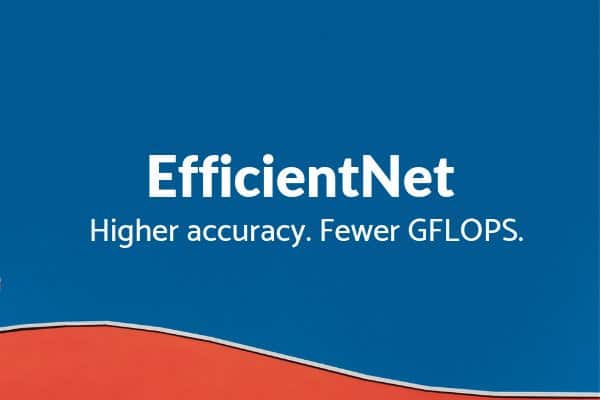Satya Mallick
With a performance that blurs the line between silicon and carbon intelligence, ChatGPT (o4-mini-high) has stormed the legendary JEE Advanced battlefield, leaping past 1.5 million brilliant minds to claim a
Our consulting company, Big Vision, has a long history of solving challenging computer vision and AI problems in diverse fields ranging from document analysis, security, manufacturing, real estate, beauty and
Gone are the days when setting up the proper hardware and software for a stereo vision project was arduous. Thanks to OpenCV and Luxonis, you no longer have to worry
In this post, we will learn how to select the right model using Modelplace.AI. Selecting the right model will make your application faster, help you scale it to millions of
In this post, we will learn how to perform image classification on arbitrary sized images without using the computationally expensive sliding window approach. This post is written for people who
A camera, when used as a visual sensor, is an integral part of several domains like robotics, surveillance, space exploration, social media, industrial automation, and even the entertainment industry. For
In this post, we will explain the image formation from a geometrical point of view. Specifically, we will cover the math behind how a point in 3D gets projected on
In today’s post, we are covering the topic of Gaze Estimation and Tracking. I was invited to give a talk on the subject at a workshop on Eye Tracking for
In many computer vision applications, the processing power at your disposal is low. In such cases, we have to use simple, yet effective techniques. In this post, we will cover
In this post, we will discuss the paper “EfficientNet: Rethinking Model Scaling for Convolutional Neural Networks” At the heart of many computer vision tasks like image classification, object detection, segmentation,
In this post, we will discuss the theory behind Mask RCNN Pytorch and how to use the pre-trained Mask R-CNN model in PyTorch. This post is part of our series


